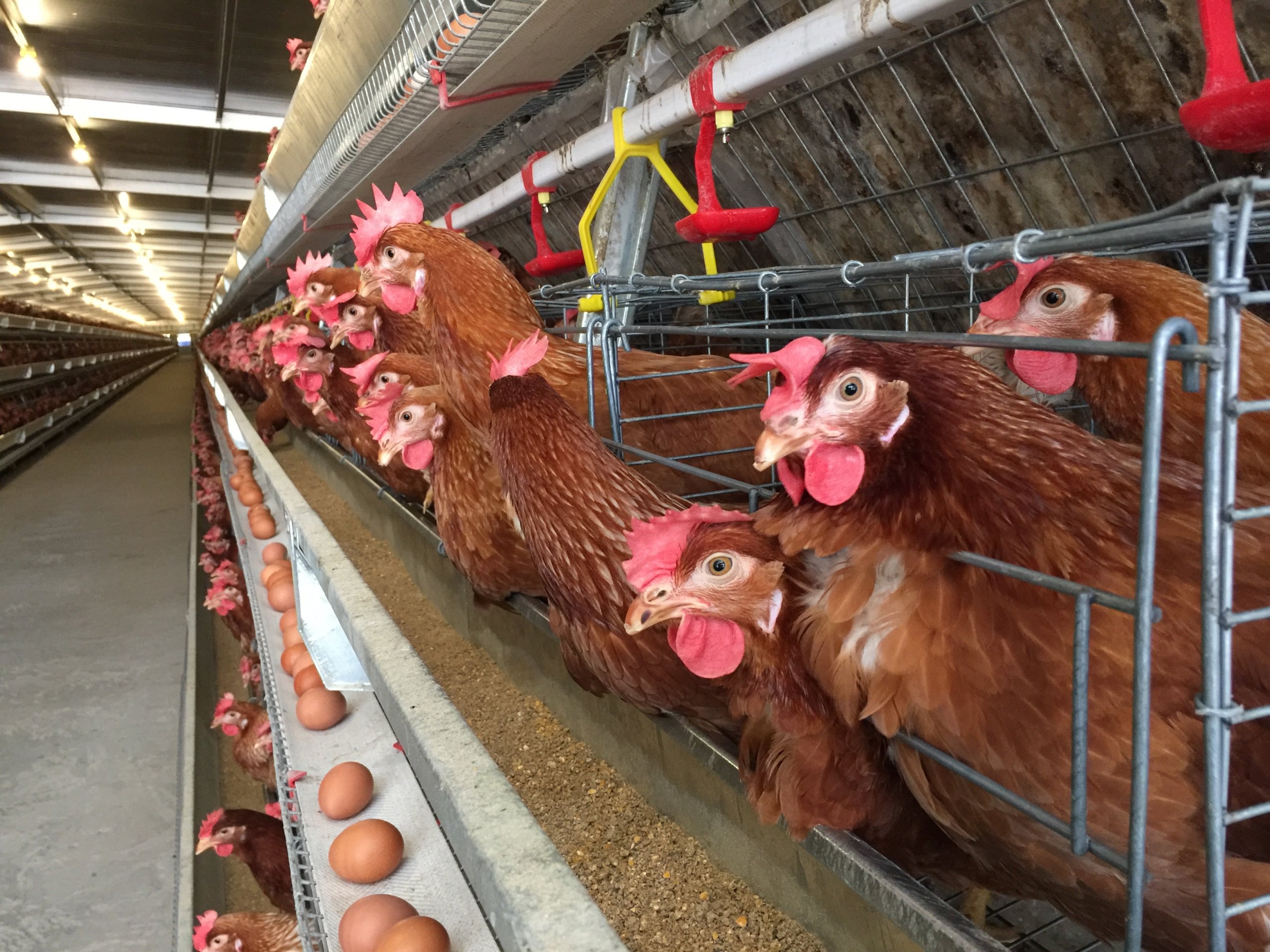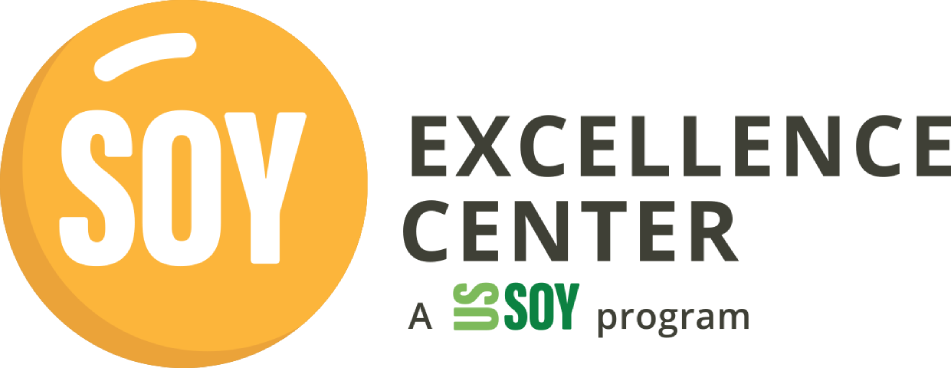
Feeding and Nutrition of Laying Hens - Prof Bob Swick
Additional training – Introduction to the event
This lecture is designed to teach how to feed pullets and laying hens. The specific nutrient requirements for different brown and white egg shell birds can be found on breeding company websites and other sources. During early growth, it is important that target weights and uniformity be reached as this affects the performance of the flock during lay. High environmental temperatures are important as they reduce feed intake and thus nutrient consumption. The major nutrients are energy, protein and amino acids, carbohydrates, vitamins and minerals and water. In addition to nutrients, texture (particle size) of feed is important for pullets and hens. Cereal grains such as wheat and corn should be coarse ground to maximize intake. Nutrient digestibility is an important consideration with amino acid digestibility being reduced as a result of over- or under-processing of protein meals such as soybean meal or meat and bone meal. Both grains and protein meals supply multiple nutrients. Laying hen feed should be formulated based on digestible amino acids expressed as SID (standardized ileal digestibility). Calcium is an important nutrient for laying hens as there is a high requirement to produce the egg shell. Around half of the limestone should be finely ground and the other half included as course chips or oyster shell. The coarse material remains in the gizzard longer and provides calcium during the night when the shell is being formed. Cool water should be offered to hens ad libitum. Minerals and bacteria should be measured in water during the dry and wet seasons respectively. High water salinity should be avoided as it has been shown to cause irreparable damage to the shell gland. A typical laying hen feed consists of 65 to 70% grain, 15 to 20% protein meal, 0.5 to 2% edible oil, 10% limestone and small amounts of vitamins, phosphorus and trace minerals, methionine, lysine and threonine, pigments and choline. The nutrients and cost should be balanced and optimized using feed formulation software.
Instructor Bio
Professor Bob Swick is currently Poultry Research Coordinator at Poultry Hub Australia in Armidale. Over his 40-year career he has held positions at Monsanto Company, Novus International, American Soybean Association and University of New England.
Bob has supervised 15 higher degree research students and has published over 300 technical papers, bulletins, reports, journal articles and patents.


